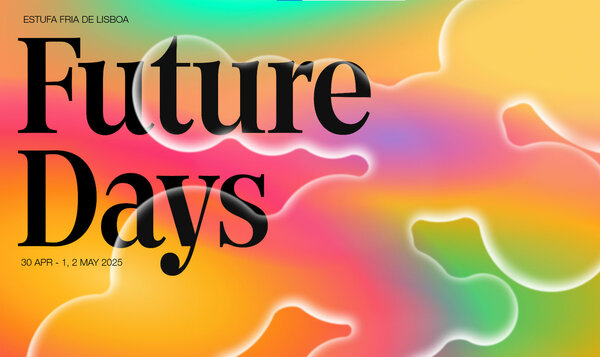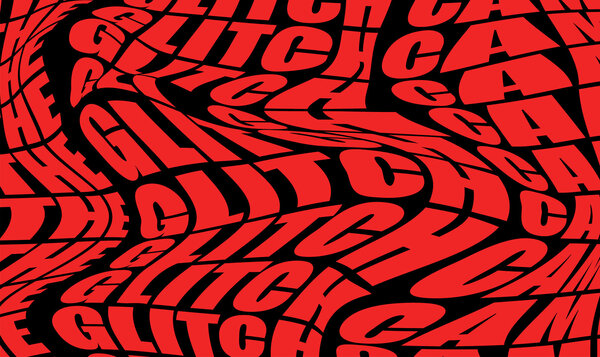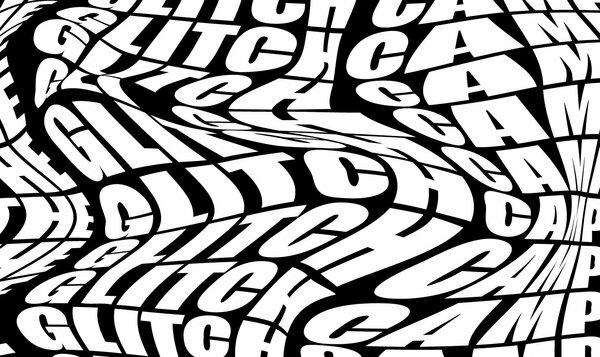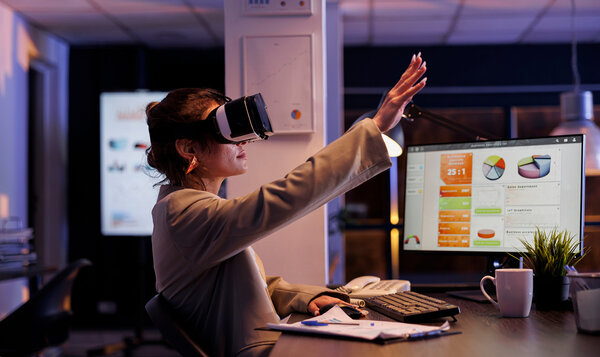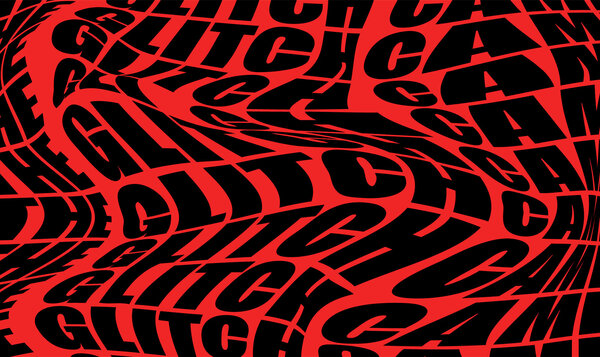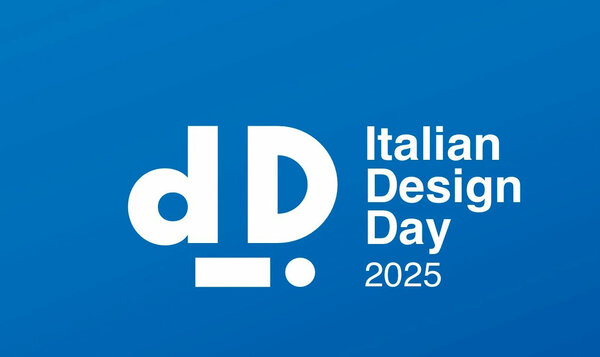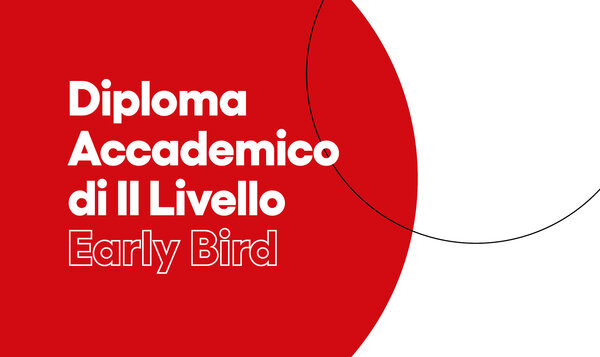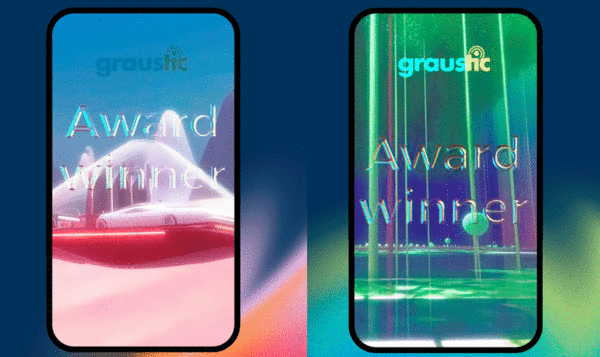In visual design, the Internet of Things (IoT) constitutes one of the most innovative and challenging frontiers to be researched, and exploited, to improve people's experiences in terms of efficiency, accessibility and simplicity.
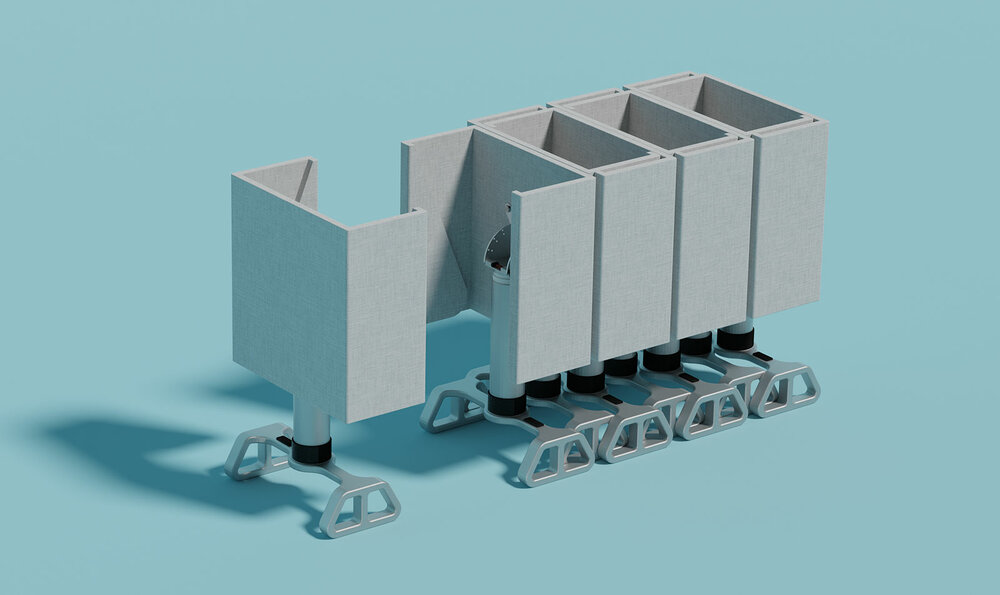
User Experience in the Internet of Things (IoT)
Date
25 March 2024
In this scenario, User Experience (UX) becomes the fulcrum around which intuitive and meaningful interactions are built, playing a crucial role in ensuring that IoT technologies are accessible and enjoyable to use for the people they are targeted at.
What is the Internet of Things and why is it important for design?
The Internet of Things represents an interconnected network of physical objects equipped with sensors, software and other advanced technologies that enable them to communicate and exchange data with other devices and systems via the Internet. These objects vary in complexity from simple household light bulbs that can be controlled via an app, to sophisticated industrial sensors that monitor and optimise production processes.
Given its potential to radically revolutionise how we interact with the physical environment, the importance of IoT in the field of design is immense. This technology transforms everyday spaces into intelligent and responsive environments, which can dynamically adapt to human demands while significantly improving quality of life. Among the most striking examples of this transformation are smart home solutions that automate temperature and lighting control, wearable devices that monitor health in real time, and smart city applications that optimise the city as a whole, from urban traffic management to waste collection.
The design challenge is to make IoT solutions not only technically reliable and efficient, but also user-friendly, easily accessible and pleasant to use for a wide range of users.
What are the challenges and opportunities of User Experience (UX) in the IoT?
UX/UI design experts are called upon to act as a “bridge” between technological complexity and optimal user experience, standing at the centre of an interaction project that goes far beyond pure aesthetics. The aim is to ensure that each interface is not only attractive and in keeping with the environment, but also, and above all, simple and functional.
Designing UX for the IoT brings with it a unique mix of challenges and opportunities. One of the most significant challenges is managing the complexity of IoT systems, which must operate synchronously across multiple devices and platforms to communicate effectively with each other. Furthermore, the need to ensure privacy and data security in potentially vulnerable systems is objectively a vital aspect to consider at the design stage. Another aspect that poses a challenge for the designer is the difficulty of creating user interfaces that can be intuitive in spite of the diversity of users and contexts of use.
On the other hand, the opportunities are endless. The IoT enables the creation of highly customised and proactive user experiences that anticipate users' needs and react in real time to environmental inputs, significantly improving efficiency and the quality of daily life.
How to design the UX for the IoT? The stages of the design process
The design process for User Experience in the Internet of Things follows the Design Thinking model, which can be outlined through five key moments, each playing a pivotal role in making sure that the final solution is functional, aesthetic and intuitive.
Empathise: in this phase, through interviews, observations and surveys, Designers become deeply immersed in users' needs, gathering valuable insights that help them to truly understand their perspectives.
Define: After collecting and analysing the data, we move on to clearly define the users’ problems. This synthesis process allows them to clarify and focus their needs in order to direct the creative process towards targeted solutions.
Ideate: With a well-defined problem, this stage consists of generating a wide range of innovative ideas through creative brainstorming that fosters divergent thinking and enables the team to explore a variety of solutions. The aim is to produce a wide range of options to give shape to.
Prototype: This stage transforms ideas into tangible prototypes, ranging from initial models to “high-fidelity” simulations, closer to the final product. Prototypes are essential to test ideas quickly and cost-effectively by examining how solutions behave in real use scenarios.
Test: The last stage involves the iterative assessment of the prototypes through tests with real users. This testing is essential to obtain accurate feedback on the functional and aesthetic aspects of the product. The feedback gathered is then used to refine and improve the solution, better satisfying user needs.
This iterative and user-centred approach, typical of Design Thinking, guarantees that IoT solutions meet technical requirements while creating exceptional user experiences, making technology intuitive and accessible to everyone.
What skills and tools are needed for UX in the IoT?
Designers working in the IoT must possess specific interdisciplinary skills to best meet the challenges of this advanced technology.
Skills in research and analysis are indispensable, enabling an in-depth understanding of users and their context, which is crucial for developing relevant and innovative solutions. Creativity and the ability to synthesise then transform the information gathered into clear ideas and operational concepts that through specific technical skills are transformed into working prototypes to be tested in real scenarios. Finally, the ability to test and iterate ensures the ongoing refinement of products that will result in superior final product quality.
To support these activities, the designers make use of UX/UI design software tools such as Sketch and Adobe XD, and prototyping platforms including Arduino and Raspberry Pi. These tools facilitate the creation of intuitive user interfaces and the simulation of IoT scenarios, which are essential to explore and solve technical problems effectively.
How to train and update on UX for the IoT?
It is imperative to dedicate oneself to constant learning and professional development to stay up-to-date with the constant evolution of this innovative sector. IED offers advanced training which prepare designers to handle the ever-changing challenges of the IoT sector. These courses are structured to provide state-of-the-art theoretical and practical skills, making participants fully capable of interpreting and influencing the current dynamics of the Internet of Things.
